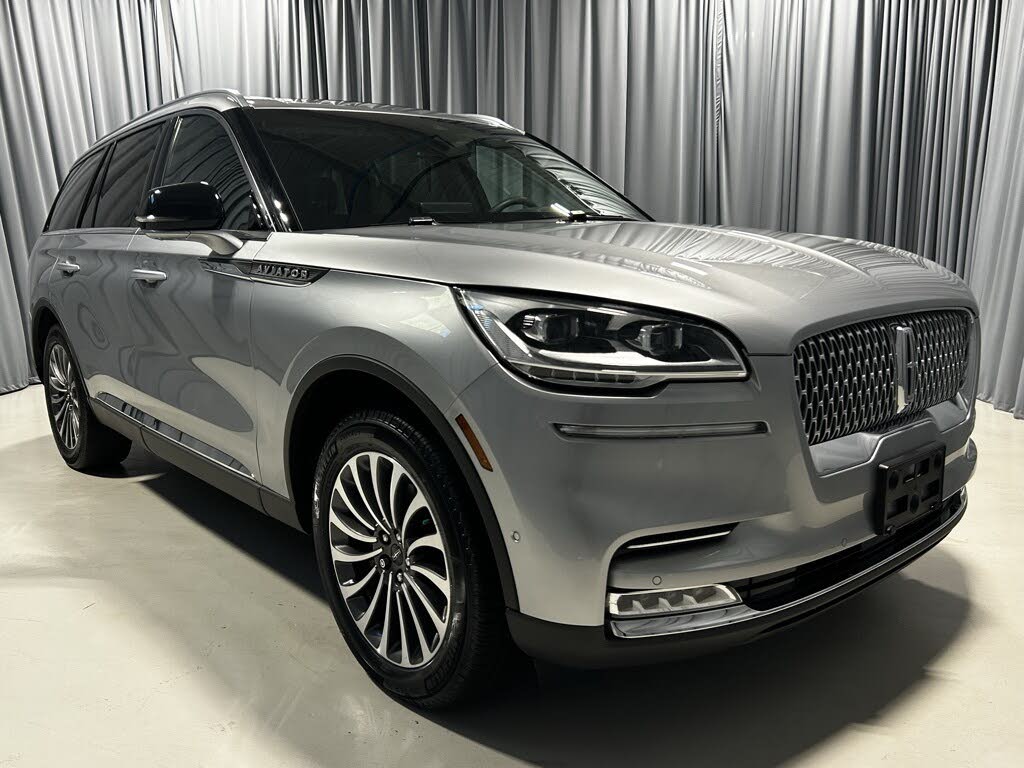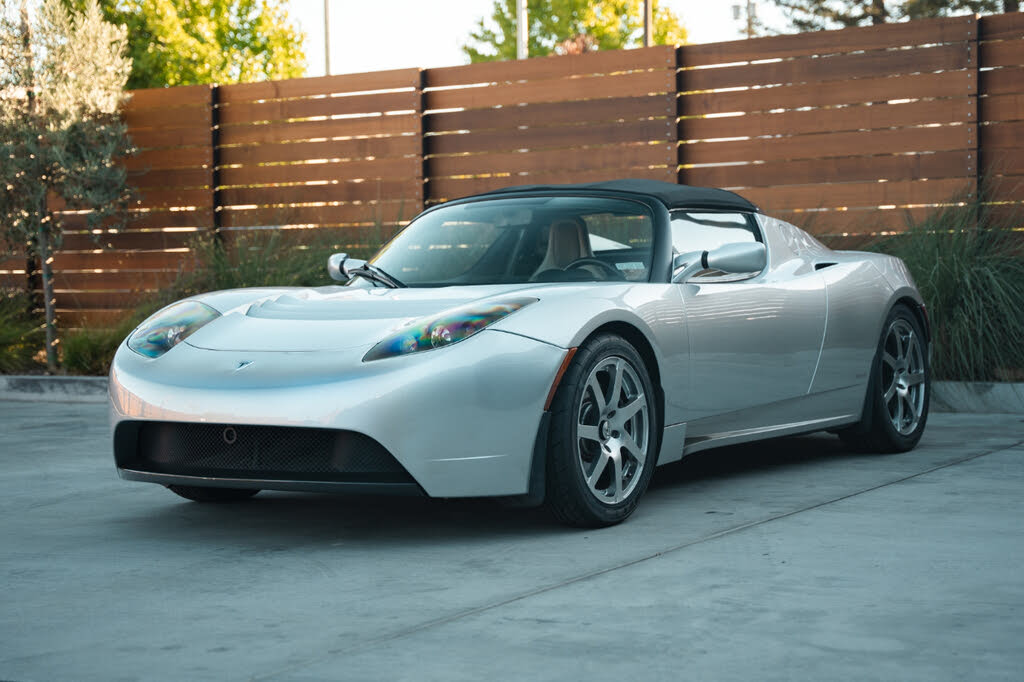Home > News & Blogs > Adaptive Cruise Control Explained: How It Works, Its Benefits, and Whether It’s Right for You
Adaptive Cruise Control Explained: How It Works, Its Benefits, and Whether It’s Right for You
Adaptive Cruise Control: The Future of Smart Driving
What is Adaptive Cruise Control (ACC)?
Adaptive Cruise Control (ACC) is an advanced driving assistance system designed to maintain a set speed while adjusting automatically to traffic flow. Unlike traditional cruise control, ACC uses radar and camera sensors to monitor the distance between your car and the vehicle ahead, ensuring a safe following distance.
How Does Adaptive Cruise Control Work?
- Speed Maintenance: ACC keeps your car moving at a pre-set speed.
- Automatic Braking & Acceleration: If traffic slows, ACC reduces speed accordingly. When traffic clears, it accelerates back to the set speed.
- Customizable Distance: Drivers can adjust following distance settings for enhanced safety.
- --TOP ADVERTISEMENT HERE--
Stop-and-Go Functionality
Modern ACC systems include stop-and-go functionality, allowing vehicles to come to a complete stop and resume driving automatically, making it ideal for traffic congestion and highway driving.
Limitations of Adaptive Cruise Control
Despite its convenience, ACC has some limitations:
- ACC requires drivers to keep their hands on the wheel.
- Inclement weather such as heavy rain or snow can obstruct sensors.
- Not all vehicles include stop-and-go capability.
- --FIRST CONTENT ADVERTISEMENT HERE--
ACC Availability in Modern Vehicles
First introduced in luxury vehicles, ACC has now become widely available in mid-range and economy models, with many automakers offering it as standard or optional equipment.
Should You Opt for Adaptive Cruise Control?
ACC is an excellent choice for those who frequently drive on highways or in stop-and-go traffic. It enhances driving comfort, reduces fatigue, and improves overall road safety.

motorvero catharina
Last Updated On Mar, 02-2025







